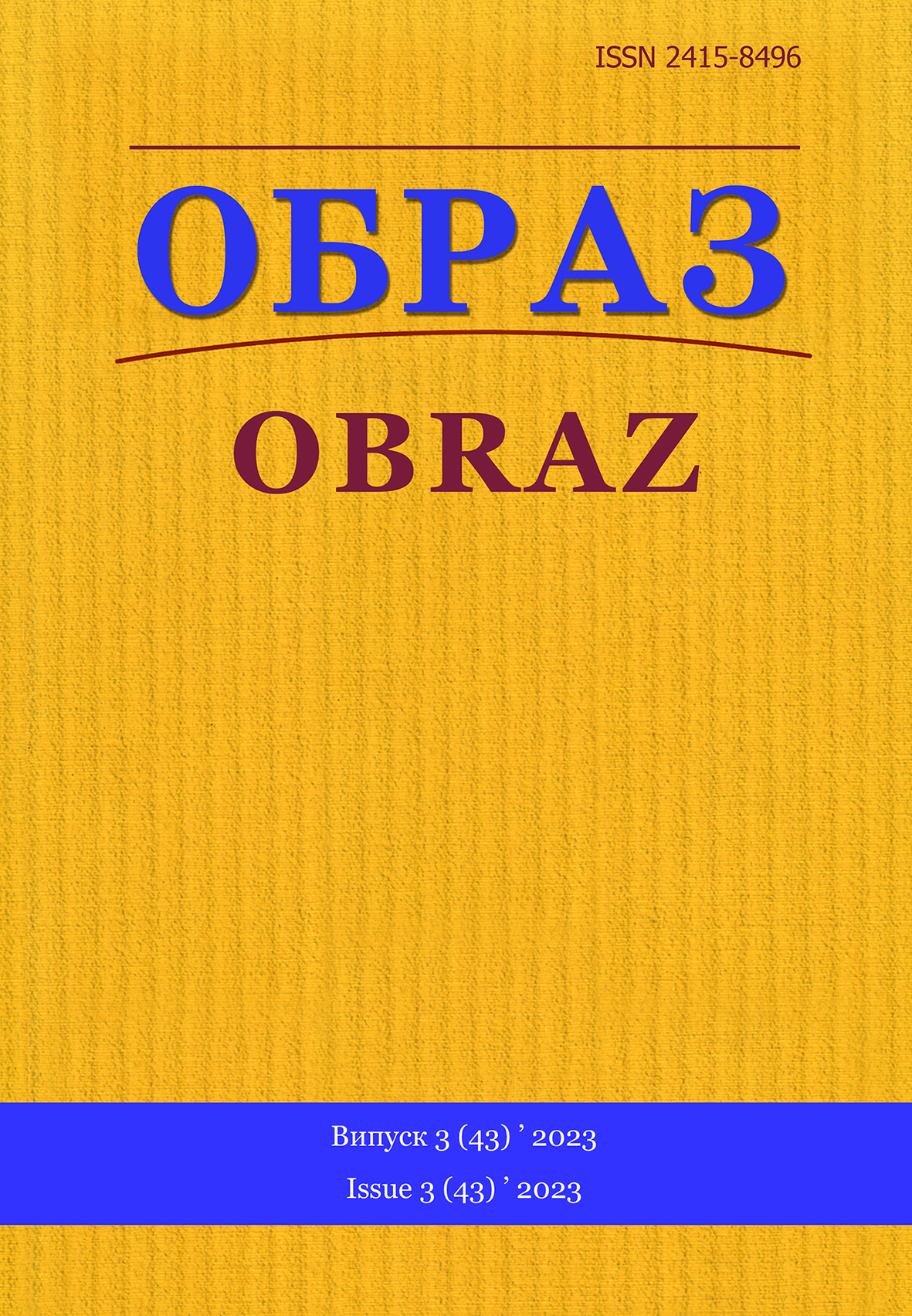Abstract
Introduction. The full-scale russian invasion has led to the temporary occupation of hundreds of Ukrainian cities and villages in Zaporizhzhia region. In September 2022, russians conducted so-called referendums in the newly occupied territories, aimed at attempting to legitimize the seizure of sovereign Ukrainian territory. In their efforts to advance occupation policy, shape a positive image among local residents, and garner international support, russians actively use propaganda and construct a media reality regarding the newly occupied lands. A wide range of tools is used for its creation, including media events.
Relevance of the study. As media events significantly influence public opinion formation, we consider it relevant to analyze their role in constructing media reality, using example of the temporarily occupied territories of Zaporizhzhia region.
Methodology. The research used such methods monitoring, methods of analysis and synthesis, and systematization. To achieve the research objective, materials from pro-russian Telegram channels in Zaporizhzhia region were reviewed: Zaporizhzhia Vestnik, Vladimir Rogov, #YouthSouth for the period from June to September 2022.
Results. It has been determined that media events are used for constructing media reality, as they have an impact on shaping public opinion. Additionally, it has been identified that among the media events utilized by russian propagandists in the Zaporizhzhia region are flash mobs, exhibitions, campaigns, cleanup activities, concerts, volunteer events, talent shows, and agitation. The analysis of these media events indicates that their primary objective is to foster loyalty toward russia among Ukrainians in the temporarily occupied territories and create a fake legitimization of the occupation.
Conclusions. We analyzed the russian media reality, constructed for influencing citizens of temporarily occupied territories. We believe that understanding the role of media events in constructing media reality serves as a supplementary means of comprehending media environment in the temporarily occupied territories and for the future reintegration of residents.
References
1. Brudnytska, L. (2004), “Symbolism of Advertising Reality as a Modeled Dream”, Kultura narodov Prychernomorya [Culture of the Black Sea Peoples], vol. 2(49), pp. 37–38.
2. But, K. (2023), “Media Reality as a Means of Influencing Public Opinion (on the Example of Temporarily Occupied Territories of Zaporizhzhia Region)”, Derzhava ta rehiony [State and Regions], vol. 3 (55). pp. 17–29.
3. But, K. (2022), “What’s Wrong with Youth Initiatives in Temporarily Occupied Territories”, Mediahramotnist u rehionakh Ukrayiny [Media Literacy in Ukrainian Regions], аvailable at: https://milukraine.net/2022/12/molodizhna-propaganda/ (date of access: October 1, 2023).
4. Heroes and Celebrities in Ukrainian Culture, (1999), Ed. by O. Hrytsenko, UTSKD, Kyiv, 352 p.
5. Ivanova, O., Moyseeva, O., & Steblina, N. (2019), Local Press: A Handbook for Media. How Regional Journalists Work in the Age of New Media and Democracy Crisis : Handbook, Ed. by O. Ivanova, LLC «Businesspoligraf», Kyiv, 232 p., available at: http://surl.li/cbfro (date of access: October 1, 2023).
6. Rivlina, V.M. (2018), “Mediatization of Culture: Terminological Analysis”, Derzhava ta rehiony [State and Regions], vol. 3(35), рр. 22–26.
7. Cherniavska L. Communication Model of the Ukrainian Media Space : extended abstract of dissertation . . . of Doctor of Sciences of Social Communications : 27.00.01. Kyiv, 2020. 39 p. URL: http://surl.li/ltlfn (date of access: 01.10.2023).
8. Boorstin, D.J. (1992), The Image: A Guide to Pseudo-Events in America, Vintage Books, New York, 319 p.
9. Pilkington, E. (2009), “Barack Obama’s Inauguration Speech… Crafted by a 27-Year-Old in Starbucks”, The Guardian, аvailable at: http://surl.li/ltlfx (date of access: October 1, 2023).
10. Rushkoff, D. (1994), Media Virus, Random House Australia, 338 p.

This work is licensed under a Creative Commons Attribution 4.0 International License.

